Tips to recover a plant with excess water
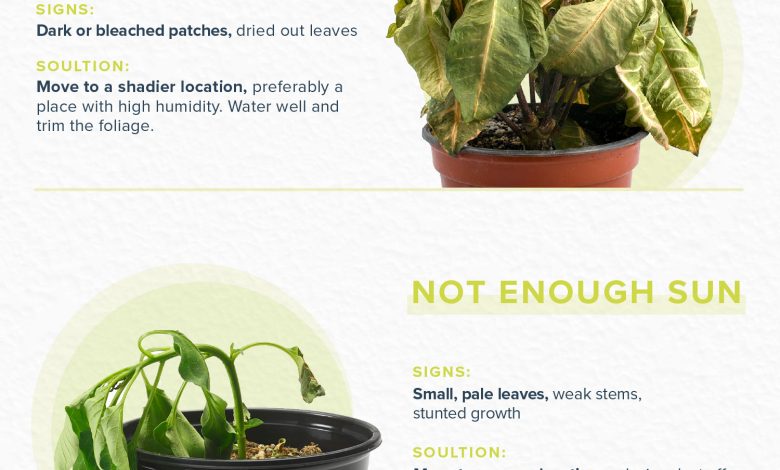
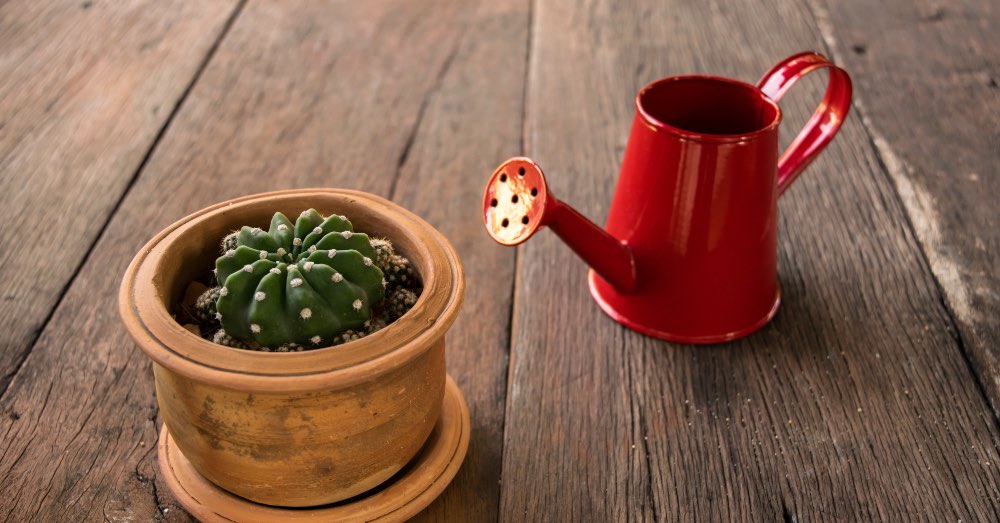
The question of how to recover a plant with excess water is more common than it seems. And it is logical. There is no gardening lover who, on some occasion, has not fallen into the evil vice of overwatering. Something that not only happens in novice gardeners who start in the world of plants. It can also be a mistake in more experienced gardeners who fall into one of the mistakes when caring for typical plants: not knowing the needs of a certain species.
Generosity is one of the characteristics of the gardener. Something that pushes us to add a little more of everything in the care of our plants. And no: it’s not a good idea. In fact, when it comes to watering, it’s infinitely better to fall short than to overdo it. There is a simpler solution for our plant to go a little thirsty than recovering a plant with excess water.
Let’s avoid disappointment. Because, although it is possible to recover a plant with excess water, it does not always work. There are plant species for which flooding, even momentary, takes too high a toll. Better safe than sorry, no doubt.
HOW TO IDENTIFY THAT WE HAVE TO RECOVER A PLANT WITH EXCESS WATER
Before knowing how to identify excess water in a plant, it is important to understand the effects it has. Because how is it possible that extra water is so bad? As well. Understanding it goes through knowing that the roots also need to breathe. When we water more, our plant cannot exchange gases correctly. And not only that: it can’t absorb nutrients either. This is what is called root asphyxia.
But it is not the only effect that overwatering has on our plant. As a consequence of excess water and lack of oxygenation, the roots can be affected by fungi. Some that can make life very complicated for us, and complicate in the process being able to recover a plant with excess irrigation. And not because fungicides do not do their job, although to act they need time and perseverance. Rather, the problem is that its detection is often late. And, as a consequence, by the time we want to take action on the matter, the plant is already very damaged.
Symptoms that a plant has excess water
The starting point to start all possible gardening tasks to recover a plant with excess water is to know if it is suffering. Something that will manifest itself in different ways, and that needs our observation. Time is a definite factor when it comes to recovering an overwatered plant. So, the sooner we remedy it, the better.
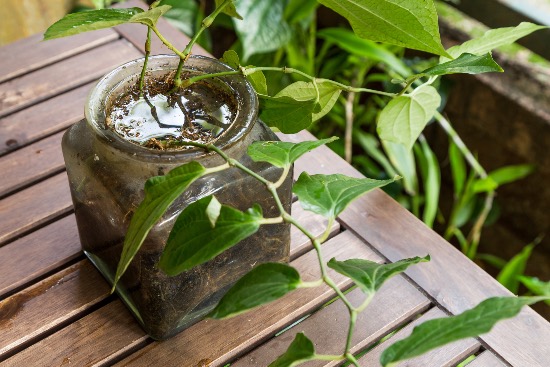
Some of the symptoms that we can detect in plants subjected to excessive irrigation are:
- Absence of new shoots on the plant
- plant weakening
- Leaves that are barely growing or are born in shades of brown
- Yellowing of lower leaves
- Fall of leaves and flowers
- Compacted substrate or even acquires a greenish tone
- Stem base narrowing
Interestingly, these symptoms are often confused with those of lack of water. Something that usually drives us, as gardeners, to water again, increasing the problem. If this is our case, quiet showers! Before watering again, nothing like checking the state of the soil. And we are not talking about the superficial layer but, rather, about the deep ones. Knowing at what point of humidity it is happens by using our hands. If when inserting a finger between five and seven centimeters into the substrate, the moist soil adheres, we are facing a case of excess water.
STEPS TO RECOVER A PLANT WITH EXCESS WATERING
Once our plant has been evaluated and the excess moisture has been detected, it is time to take action. Recovering a plant with excess watering is not a complicated task. But we are not going to fool ourselves: it is not always possible. Sometimes, the plant is already very affected or belongs to a plant species that is very sensitive to waterlogging. To avoid any frustration, it is worth knowing that it is possible that, no matter how hard we try, sometimes we will have arrived too late.
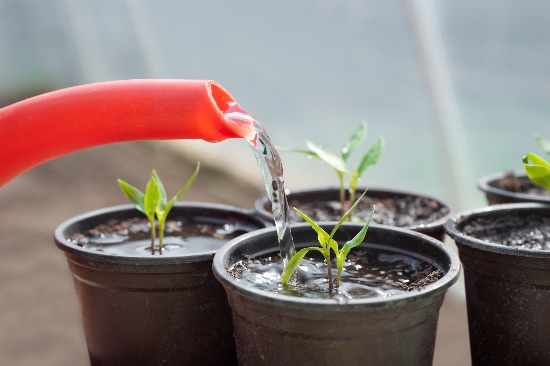
Let’s see, step by step, what work we have to do to try to save our plant.
1. Take the plant out of its planting place and let it dry
The priority when it comes to recovering a plant with excess watering is to remove excess moisture. To do this, the first thing we must do is remove it from its pot and, with great care, remove the soaked substrate adhering to the roots so as not to damage them further. The intention is that, by removing the entire source of moisture, our plant can breathe.
So that it does it in conditions, the ideal thing is that it is a short period of time drying. It will be enough to have it in the air for 12 hours or, if it is very soaked, one day.
2. Check the state of the roots, key to recovering a plant with excess irrigation
The moment of the truth. The one on which, in reality, the survival of our plant and the success of our gardening tasks depend. As we said, those affected by excess water are always the roots. Therefore, before continuing, we have to see where they are. If the roots are white, they are healthy. If we find black roots or those that have begun to rot, it is best to prune them. In this way, we will be sanitizing them before planting again.
One piece of advice: if we are going to replant in the same pot, it is important to disinfect it. It will be enough to wash it thoroughly with alcohol or bleach. In this way, the fungi that could be present will disappear.
3. Apply a dose of fungicide
Although we see the roots with good color and appearance, the fungi have already been able to make an appearance. Perhaps its effects are not yet visible but, also perhaps, it is more than likely that they are already in the healthy roots.
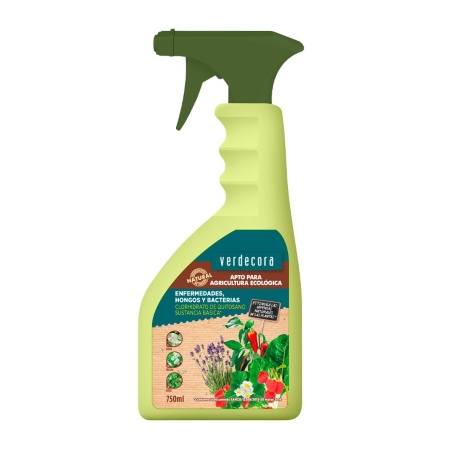
To ensure that they do not affect them, the ideal is to apply a good dose of fungicide to the roots. Thanks to this type of product, our roots will be prepared to fight against those enemies invisible to our eyes that take advantage of excess water.
4. Transplant with new substrate and good drainage, another essential to recover a plant with excess water
Recovering a plant with excess water is a full-fledged “start over”. A way to restart your crop but also to offer you a space to grow rich in nutrients and with the right soil. Because that is, precisely, another of the problems of over-irrigation: caking of the soil. A state that prevents the roots from growing properly but also from absorbing what they need for the development of the plant.
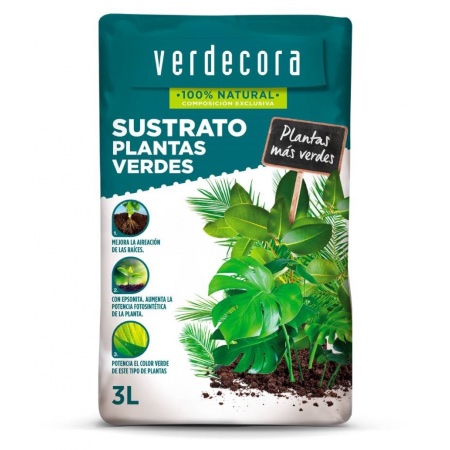
But let’s not rush. Because just as important as using the right substrate for each type of plant is creating good drainage beforehand. Thanks to him, we will be helping our plant to evacuate the excess of irrigation. And not only at this delicate moment in his life, when his health is compromised. In the medium term, good drainage will allow correcting those risks of more that we sometimes commit.
In case it had crossed our minds, no: it is not a good idea to pay at this time. When we start to recover a plant with excess water, we believe that the more the better. And, when it comes to manures and fertilizers, that generous gesture can be counterproductive. The roots are extremely sensitive and are not able to suddenly absorb so many nutrients. It is more: to apply it now, the easiest thing is that they burn. And then yes, all our tasks to recover our plant will have gone to waste. We will only be able to pay when we see that our plant has begun to create and grow new shoots.
5. Water again only when the substrate is dry
The million dollar question after recovering an over-watered plant: when do we water again? A logical fear that has a simple answer. In general, new substrates are extremely moisturizing. A good reason to space the next watering until you see that the topsoil is dry. It will be then and only then that we will be able to water again.
If it is very hot, we can always lightly spray the leaves so that they do not dehydrate.
Have you ever had to recover a plant with excess water? Let us know if you’ve followed these steps!

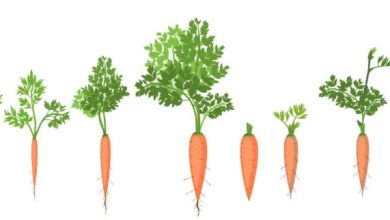
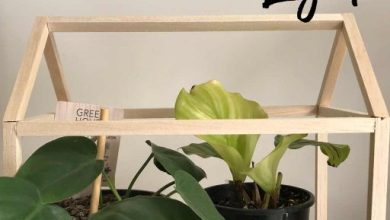
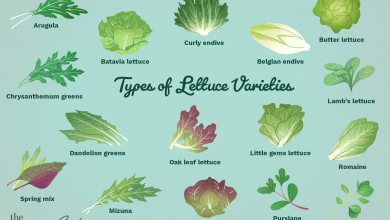
![Photo of How to Plant Water Lilies: Important Points + Pictures + [9 Steps]](https://www.complete-gardening.com/wp-content/uploads/2022/08/how-to-plant-water-lilies-important-points-pictures-9-steps-390x220.jpg)